In the modern railway industry, data-driven decision-making is no longer a luxury but a necessity. The vast amounts of data generated from various sources, including sensors, ticketing systems, and passenger feedback, provide invaluable insights that can enhance operational efficiency, safety, and customer satisfaction. We understand the importance of leveraging this data effectively and in this article, we explore the best practices for data-driven decision-making in rail operations.
Comprehensive Data Collection
The foundation of data-driven decision-making lies in the quality and comprehensiveness of the data collected. Rail operators have the option invest in advanced data collection systems that capture information from various aspects of operations, including:
Train Performance: This provides the ability for monitoring speed, fuel consumption, and engine health.
Infrastructure: Collecting data on track conditions, signalling systems, and station facilities.
Passenger Data: Analysing ticket sales, travel patterns, and feedback.
Ensuring the accuracy and completeness of this data is crucial for making informed decision in terms of route planning and passenger analytics.
Integrate Data From Multiple Sources
Rail operations generate data from numerous sources, and integrating this data is essential for a complete overview of the system. By combining data from trains, infrastructure, and passengers, rail operators can gain deeper insights and identify patterns that might be missed when analysing data in silos. Advanced data integration platforms can help in consolidating and harmonising data from disparate sources.
Rail BI has a centralised data storage solution that connects many previously unconnected databases and spreadsheets from across the rail industry. By utilising a data warehouse, you can be sure you are getting the same data for every project. When it’s updated in one location, it’s updated everywhere.
Utilise Advanced Analytics
Advanced analytics tools, including AI, Business Intelligence and machine learning, are indispensable for processing and analysing large datasets. These tools can uncover hidden patterns, predict future trends, and provide actionable insights. For example, predictive maintenance algorithms can forecast equipment failures, allowing for proactive repairs and reducing downtime. Similarly, passenger flow analysis can help optimise train schedules and improve service delivery.
Utilising Business Intelligence tools can allow single jobs to be grouped into a larger plan using workbank planning. We wrote a further article looking further into how workbank planning can help with asset renewal here.
Leverage Real-Time Data
The world is now a fully connected place that utilises IoT (Internet of Things) – a network of physical objects that are embedded with sensors, software, and other technologies for the purpose of connecting and exchanging data with other devices and systems over the internet
Real-time data provides immediate insights that are critical for operational efficiency. By leveraging real-time data, rail operators can:
Monitor Performance: Track train and infrastructure performance in real time to identify and address issues promptly.
Enhance Safety: Detect and respond to safety hazards immediately, reducing the risk of accidents.
Improve Customer Experience: Provide real-time updates to passengers, improving their travel experience and satisfaction.
Scalable Data Infrastructure
As the volume of data continues to grow, investing in scalable data infrastructure is essential. This includes cloud-based storage solutions, advanced data processing systems, and high-speed data networks. A scalable infrastructure ensures that rail operators can handle increasing data volumes without compromising performance.
Rail BI is a fully scalable Railway Business Intelligence SaaS solution for all your rail planning needs. For projects large or small, you can assess detailed scenarios using software that scales with your needs.
Data-driven decision-making is transforming rail operations, offering numerous benefits in terms of efficiency, safety, and customer satisfaction. By implementing best practices such as comprehensive data collection, advanced analytics, and fostering a data-driven culture, rail operators can unlock the full potential of their data. We are committed to helping our network operators navigate this transformation and achieve success through data-driven strategies.
Rail BI empowers operators to optimise operations and make better data-driven decisions. For more information about our platform and to see how using business intelligence can significantly improve your planning for rail maintenance, upgrades and more, contact one of our team today for a demo of our rail planning platform
